- Free shipping from 220€The order of accessories (without BikeTrax) is excluded from the free shipping costs.
PowUnity explains, Top, Topics
Crowd GPS vs “Genuine” GPS
Inhalt
Crowd GPS vs. “real” GPS in a nutshell
- Real GPS trackers determine their position using the signals emitted by the NAVSTAR GPS satellites. This is a satellite network that was originally developed for military purposes. The trackers send their location to an end device such as a smartphone.
- Tracking chips, such as those offered by Tile or Chipolo, are Bluetooth trackers with a range of around 30 metres. The crowd GPS approach is based on other members of the respective network receiving the signal from your tracker and automatically forwarding it to your smartphone. However, many requirements must be met for this to work.
- Only genuine GPS trackers such as BikeTrax are suitable for real-time tracking of moving objects such as stolen e-bikes. Bluetooth tracking chips are mainly useful for finding lost items in the vicinity, but not for tracking stolen items.
Crowd GPS Tracking for E-Bikes and Bicycles: Reality or False Promises?
The wishful thinking of many an e-bike or bicycle owner goes something like this: “I would like a coin-sized tracking chip to help me locate my bicycle in case of theft…”
✓
The term “Crowd GPS tracking” is misleading, because the actual tracking involved is not based on GPS satellites (Global Positioning System).
Bluetooth beacons from companies like Tile and others have become well-known and popular among customers, under the marketing term “Crowd GPS”. But, to some extent, they are misleading the customer. These location chips in combination with the term Crowd GPS have nothing to do with NAVSTAR GPS (Global Positioning System), which is commonly used in navigation systems via Google Maps or your smartphone. Therefore, Tile and similar systems cannot locate your e-bike or bicycle at all via Crowd GPS. Not even if everyone in the “crowd” community of the associated app lends a hand in the spirit of “all for one”.
NAVSTAR GPS: Satellite-Based GPS Tracking
The abbreviation NAVSTAR stands for “Navigation System with Timing and Ranging”, and the abbreviation GPS stands for “Global Positioning System”. In everyday conversation, we hardly ever use NAVSTAR. Most people simply talk about “GPS”, whereby they mean NAVSTAR GPS. Short, concise and understandable.
The NAVSTAR Global Positioning System was originally developed by the Americans, for military purposes. It was only released for civilian use later, and today, the volume of civilian use exceeds that of military use. Worldwide, there are several satellite-based global positioning systems. However, none of these systems is as well-suited to worldwide civilian applications, like vehicle tracking (bicycles, e-bikes, motorcycles, cars, trucks, planes, etc.), tracking of dogs and cats, fitness tracking and navigation as the NAVSTAR system. The latter has established itself as the standard in the abovementioned areas.
Put simply, the positioning works like this: the NAVSTAR GPS satellites transmit their position and the exact time constantly, via coded radio signals: In this way special receivers calculate their own position and speed. The exact position and speed are then transmitted to a smartphone or another device via the mobile phone network.
✓
In the case of “genuine” GPS tracking, the position is determined through communication with the GPS satellite.
With regard to GPS tracking of e-bikes or bicycles, this means: the GPS tracker is installed in the e-bike, it receives coded radio signals from the NAVSTAR GPS satellites, then it calculates its own position and speed and transmits this data to a smartphone or laptop. The owner can see exactly where his e-bike is.
In our article Narrowband-IoT vs 2G: the right GPS Tracker Standard for your e-bike, we explain which mobile technology is most suitable for transmitting the position and speed data to a smartphone.Narrowband-IoT vs. 2G: der richtige GPS-Tracker-Standard für dein E-Bike.
Bluetooth Location Chip – Mode of Operation
Bluetooth technology was developed in the 1990s, for the transmission of data between devices over very short distances. A common example of this is the wireless connection of a mouse to a laptop. Bluetooth is very-well suited to applications like this. However, it reaches its limits when it comes to transmitting data over longer distances. The high energy consumption of Bluetooth devices is a further limiting factor.
This has changed with the Bluetooth 4.0 standard, available since 2010. This standard is also referred to as Bluetooth Low Energy. The technology has been optimised in terms of energy efficiency. The commercial breakthrough for this Bluetooth standard came in 2014, with the advanced version, Bluetooth 4.2, which is advertised under the marketing term “Bluetooth Smart”.
With regard to transmission speed, energy consumption and transmission distance, Bluetooth Smart is an optimised Bluetooth standard. Bluetooth transmission technology has therefore evolved considerably in the past decade, and it has opened up new possibilities in terms of applications. This has resulted in the development of Bluetooth positioning chips (Bluetooth Beacons), which have become increasingly popular.
✓
Even a very good Bluetooth beacon (chip) has a maximum data transfer range of just 30m.
Bluetooth tracking chips can be located via the Bluetooth connection on a smartphone. The smartphone screams out to the immediate surroundings: “Anyone there?”. The Bluetooth chip shouts back: “Yes! I’m here”. The scream of a very good Bluetooth beacon (chip) has a range of about 30 metres. An example of a useful application of Bluetooth location chips is to find your keys inside your home.
The number of companies that market Bluetooth location chips to help you find keys, wallets and similar objects has increased continuously in the past decade. Well-known representatives of such companies are Tile , Chipolo and Orbit.
Crowd GPS: Theoretical Mode of Operation
If you and your phone are within range of the Bluetooth location chip, your smartphone will find it. If your smartphone is outside the range of the locating chip or the object to be found, the search via Bluetooth will no longer work. Theoretically, the range of Bluetooth Smart is 30 metres. Therefore, the range covered by the search field is limited. What’s more, objects like walls and metal objects limit the Bluetooth signal considerably. In other words, depending on the circumstances, the search radius is usually well under 30 metres. The range communicated by manufacturers is often only achieved in open terrain.
✓
Crowd GPS implies that the localisation of a lost object takes place via the crowd.
The Crowd GPS approach works like this: If the object you are looking for, or your Bluetooth positioning chip, enters the immediate vicinity of another community member, their smartphone should forward the location of the object or positioning chip to your smartphone (via an intermediary server). If the object you are searching for, or the Bluetooth positioning chip, moves further, and enters the immediate vicinity of another community member (a person who is using the same app by the same manufacturer as you, e.g. Tile), their smartphone will transmit the location of the search object to your smartphone. Crowd GPS means that the localisation of a lost object takes place via the crowd.
Translated to the tracking of a stolen e-bike or bicycle: If a stolen e-bike or bicycle that is equipped with a Bluetooth chip passes by somebody who also has the corresponding app (Tile, Chipolo, Orbit …) installed, the location will be reported back to the owner.
The following prerequisites must be fulfilled in order for the position of the location chip of a member of the community to be transmitted to you:
- This person must have the app from the same manufacturer as you have installed on your smartphone: The Tile app will not find a Chipolo chip and the Chipolo app will not find a Tile chip. Tile finds Tile. Chipolo finds Chipolo. In other words, you have to be part of the same community.
- The Bluetooth on the smartphone of a community member must be switched on all the time. Without a Bluetooth connection, no Bluetooth chip can be found.
- The GPS on the smartphone of the community member must be switched on permanently. Without GPS coordinates (the smartphone determines the location via NAVSTAR GPS) the location cannot be determined.
Bluetooth Location Chips by Tile etc.: Useful on your Keyring, Useless on your bicycle
The mode of operation of Crowd GPS requires that an enormous number of people install one specific app, and that each of them has Bluetooth and (NAVSTAR) GPS switched on permanently on their mobile phones. The larger the area that needs to be covered, the higher the number of people who meet the criteria described needs to be. The density therefore has to be extremely high for Crowd GPS to work.
On your umbrella, in your laptop or camera bag – there are no limits to the areas of application for Tile and Co. when it comes to immovable everyday objects. As long as it’s not a bicycle or an e-bike, successful tracking via Bluetooth is guaranteed within a radius of up to 30 metres. / Photos: PowUnity
Even though theoretically a nice concept, in practice it is not feasible, because in reality, this kind of distribution of the product is not achieved. If your stolen e-bike should actually pass another community member, by the time you get there, the thief and your e-bike will be somewhere else. Due to the limited range of 30 metres (in open terrain!), the thief would also have to come extremely close to the other community member or even stop.
Therefore, Tile’s promotional videos like the one below are misleading for bicycle and e-bike owners: https://www.youtube.com/watch?v=ctZahjIiGKk&feature=emb_logo
Great for a bunch of keys – but far-fetched when it comes to theft protection and bicycle tracking.
This is How Reliable Bicycle and E-Bike GPS Theft Protection Works
PowUnity develops GPS trackers for e-bikes, based on the NAVSTAR GPS system. The GPS tracker is connected to the NAVSTAR GPS satellites in space via a ceramic GPS antenna. The position data thus obtained is transmitted to a server via the mobile phone network. In turn, the server transmits the position data to the owner’s end device (smartphone, tablet, laptop). In the case of PowUnity’s BikeTrax GPS tracker, this happens every ten seconds.
It is best to think of PowUnity’s GPS tracker as a mini smartphone without a voice function. A built-in ceramic antenna is responsible for reliably determining the GPS coordinates. A GPRS/GSM module forwards the positioning data. A lithium-ion battery with a capacity of 1,000 milliampere hours (mAh) supplies the e-bike GPS tracker with the required energy (even if the e-bike battery is removed).
Due to these components and others, a “real” GPS tracker could never be as small as a Bluetooth tracking chip or a coin. A Bluetooth chip is usually powered by a standard button cell. This button cell is the largest component of the Bluetooth beacon and determines its size. The NAVSTAR GPS tracker has many more components, and it is much more technically sophisticated than a simple Bluetooth tracking chip. The price of a NAVSTAR GPS tracker can therefore not be compared with that of a Bluetooth tracking chip.
If you want to protect your expensive e-bike from theft sustainably, you should install a high-quality digital anti-theft device, based on the NAVSTAR GPS tracking system – for example, the BikeTrax GPS tracking system by PowUnity. Of course, it should be combined with a high-quality mechanical bicycle lock. We have explained which are the best bicycle locks in the article “Locks for Bicycles & E-Bikes: What you should be aware of when buying”.
Crowd GPS Theft Protection: The PowUnity Approach
PowUnity stands for Powerful Community. Within this Powerful Community, we care about our counterparts and the loss of their valuable possessions, especially their sports equipment. We transform something negative (e-bike or bicycle theft) into something positive (a sense of community and awareness).
What does this look like in practice?
For PowUnity employees, this means that the sale of the PowUnity BikeTrax hardware represents the beginning of a common path. This enables members of PowUnity, as we call our customers, to get the best possible support if their e-bike is actually stolen. Phone calls to the police, insurance companies and those affected are a matter of course for us. We work closely with the law enforcement and criminal investigators, and we do our very best in the event of a theft. One example is the uncovered e-bike theft in Vienna, which resulted in four stolen e-bikes being returned to their owners, thanks to the PowUnity BikeTrax GPS tracker and the efforts of the team.
In terms of further product development, this means that in future, the location of a stolen e-bike will be able to be shared by the owner with other PowUnity members (app users). In this case, the community can help to ensure that a stolen e-bike is returned even faster, and that the thieves actually end up behind bars. How? For example, by taking a photo of the thief on the e-bike or the number plate of the vehicle used to transport the stolen goods and forwarding it to the police (or the owner). Every additional clue contributes towards the thieves actually being taken to court.
PowUnity’s ultimate goal is to make it increasingly difficult to steal e-bikes and bicycles. A thief should no longer be able to feel safe. Things should get increasingly dangerous for them. There should be more and more eyes on them. The approach is similar to that of Crowd GPS – a community of people helping one another in the fight against e-bike and bicycle theft. The main difference is that the GPS tracking itself, i.e. the determination of the location, is done via the reliable NAVSTAR GPS system and not via Bluetooth technology, which is unsuitable for this purpose.
What do you think of these approaches? We’d love to get your feedback via an email to info@powunity.com.
What is the Best GPS Theft Protection for Your E-Bike?
There is no shortage of tracking devices nowadays. Everything can be tracked. E-bikes or bicycles, cars or trucks, cats or dogs, key rings or wallets. There are countless providers who advertise their trackers and tracking products on Alibaba, Amazon and Facebook.
It is important to find the best GPS tracker or tracking device for your specific application. One tire is not the same as the next. There are tires for bicycles, for cars, for trucks and even for wheelbarrows. Tracking devices are no different. To get the best e-bike GPS theft protection for your e-bike, you should pay attention to the following main criteria:
- Is the tracking device based on the NAVSTAR GPS tracking system or a different, less suitable standard?
- Can the tracking device only be mounted externally, or can it be positioned internally (hidden) within the e-bike?
- Is the GPS tracker connected to the e-bike battery, or does it need to be recharged every day or every week?
- Is the tracking device supplied with a supplementary battery, so that tracking even continues if the e-bike battery is removed?
- Is there proper technical service available to help you with any questions you might have about the connection to the e-bike, or in the event of theft?
Bluetooth tracking chips are ruled out, because they are not based on the NAVSTAR GPS tracking system, and Crowd GPS only sounds good in theory. The majority of GPS tracking products offered on Alibaba are ruled out, because they do not meet the criteria of mounting (internal/external), connection to the e-bike and customer service. The best GPS theft protection for your e-bike is therefore not a general GPS tracker, but a special GPS tracker that has been developed for e-bikes.
Summary
Are you always searching for your keys or your wallet? Then we recommend that you always put them in the same place. In practice, this means, for example, automatically putting your keys on the key rack when you get home, always using the same jacket pocket, and assigning a specific place to each item (wallet, keys, etc.) in the car. If you concentrate in that short moment when you put your keys or wallet down, you have already won.
Do you prefer to rely on technology rather than on systems and concentration? Then Bluetooth smart tracking chips from Tile, Chipolo and Orbit can help. However, the Bluetooth tracking chips do not help you to get your stolen e-bike or bicycle back. In theory, the marketing term “Crowd GPS” that is used in this context and the “one for all” approach sound nice enough. However, the notion that the location of the e-bike can be transmitted with the help of “Crowd GPS”, i.e. via an app community – the crowd – if the object is in the vicinity of one of the crowd members, is not true. The radio range of the tracking chips is too limited for that. And under no circumstances can a tracking chip prevent an e-bike from being stolen.
Would you like to protect your e-bike from theft sustainably? We recommend the PowUnity BikeTrax GPS tracker: Sustainable e-bike theft protection, based on NAVSTAR GPS technology. With BikeTrax, you get the following:
- a silent motion alarm (message to your smartphone) if the bike is moved without authorisation,
- location transmission in real time,
- a route diary that records and organises the routes you travel automatically, and last but not least,
- a Bike Pass, as a proof of ownership, with which you can quickly create a theft report for the police, should it indeed be impossible to prevent a theft.
Share article!


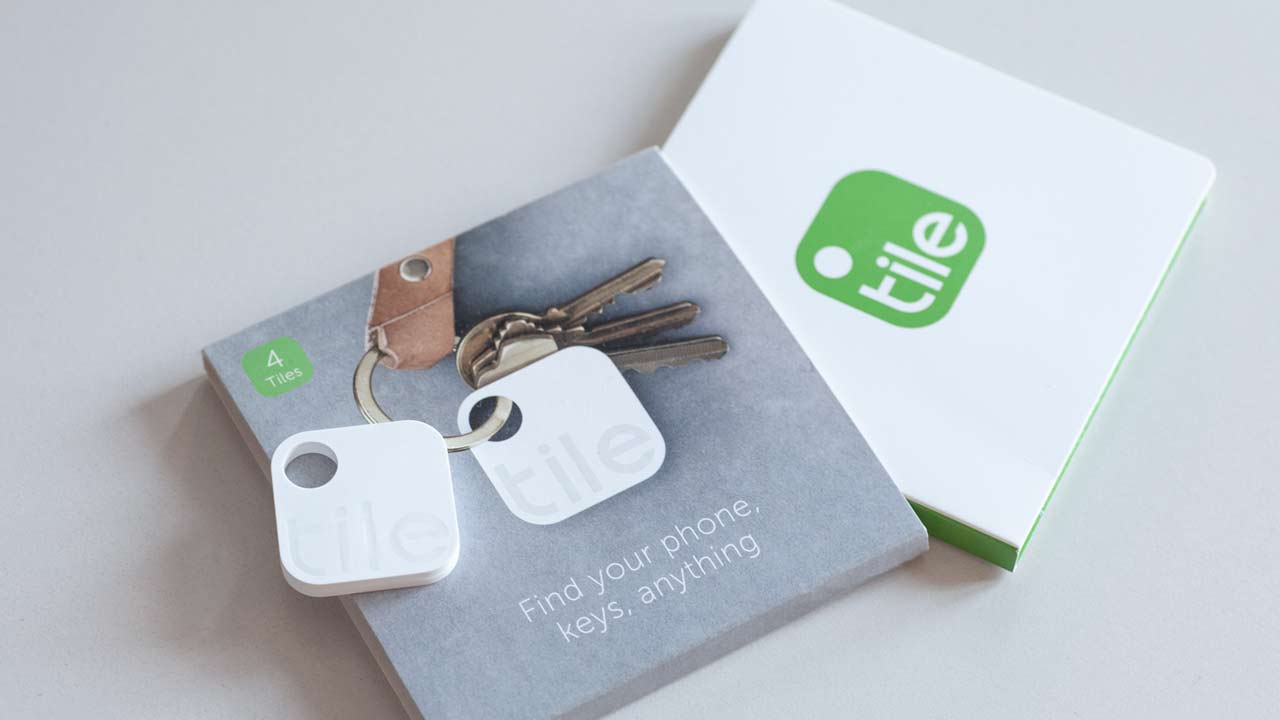
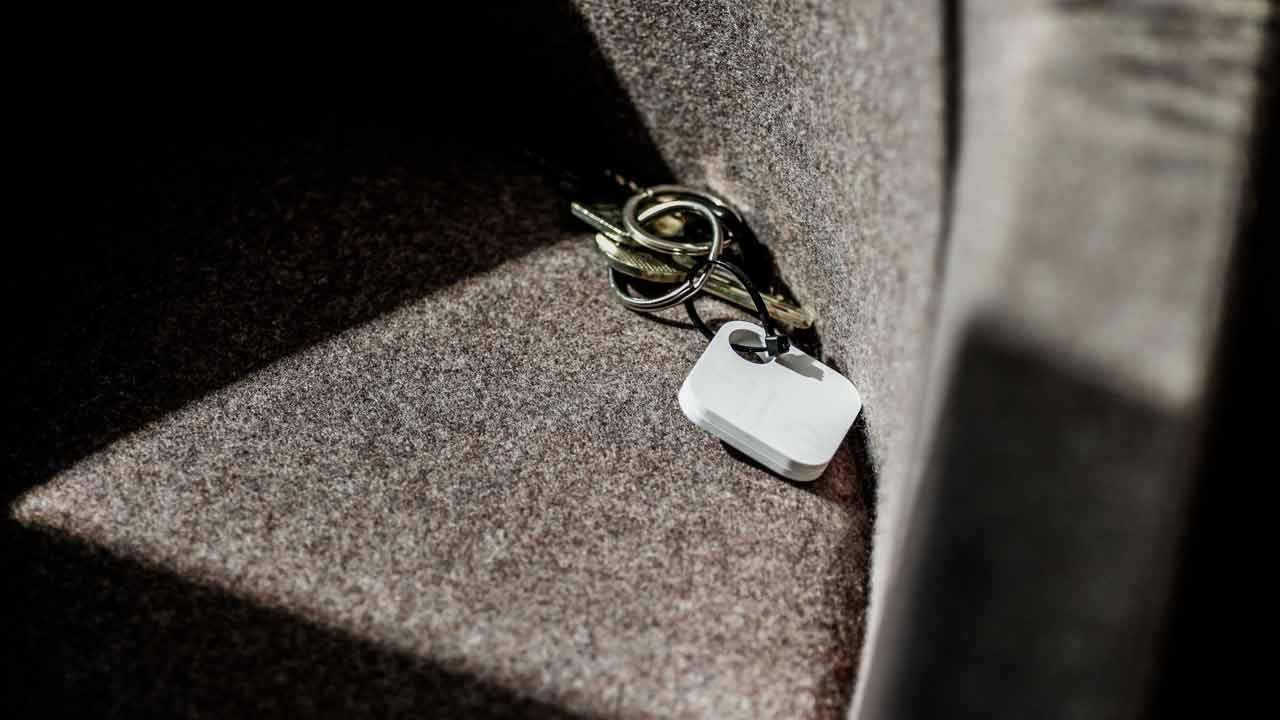
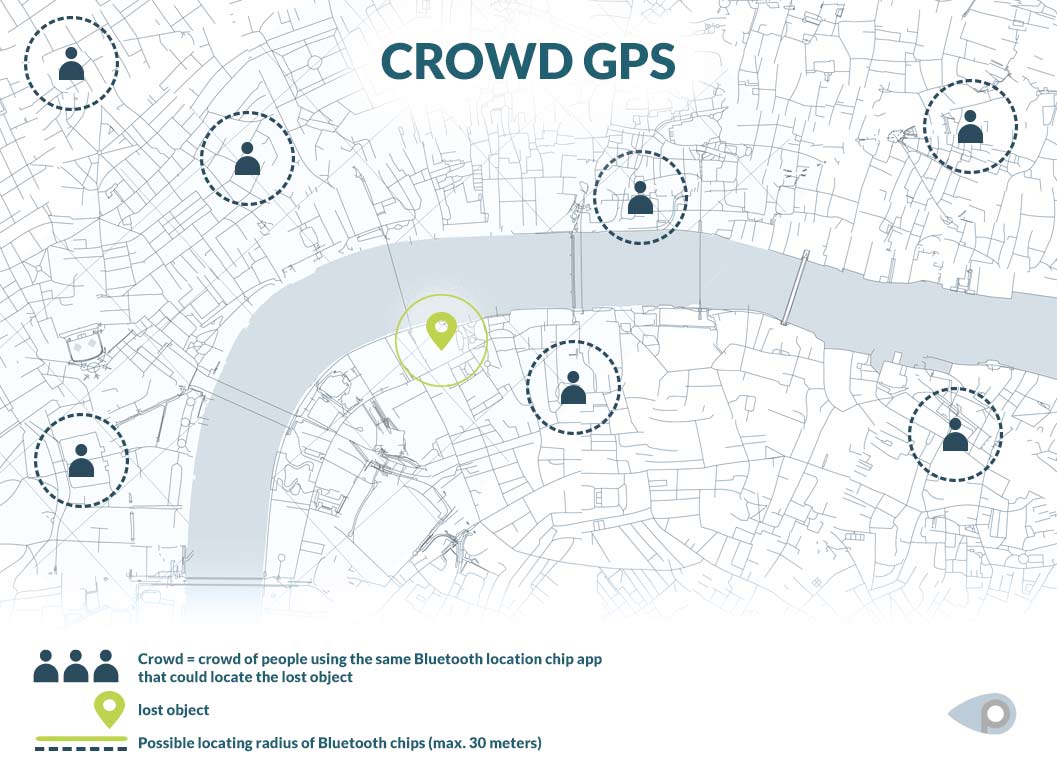
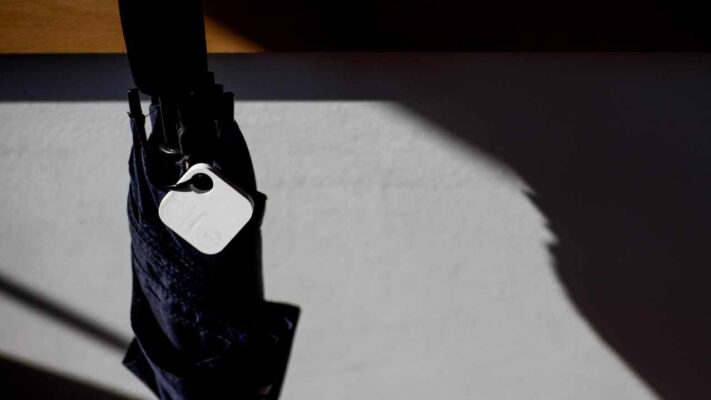
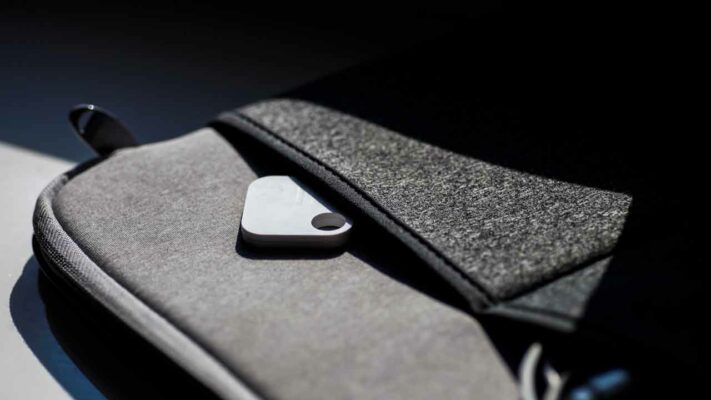
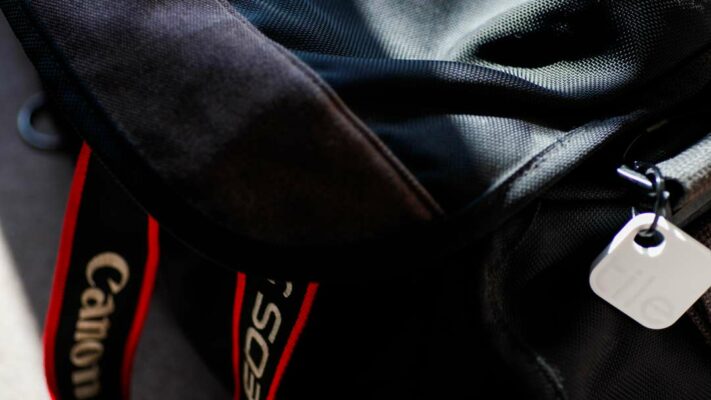
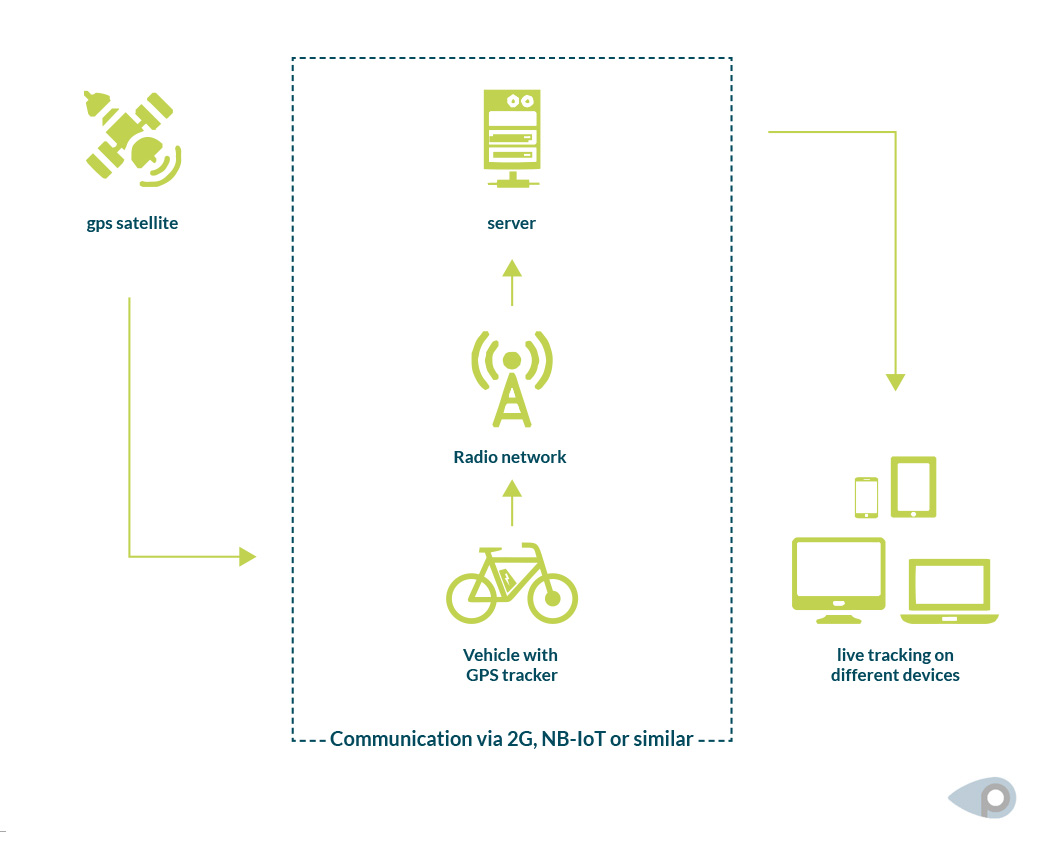
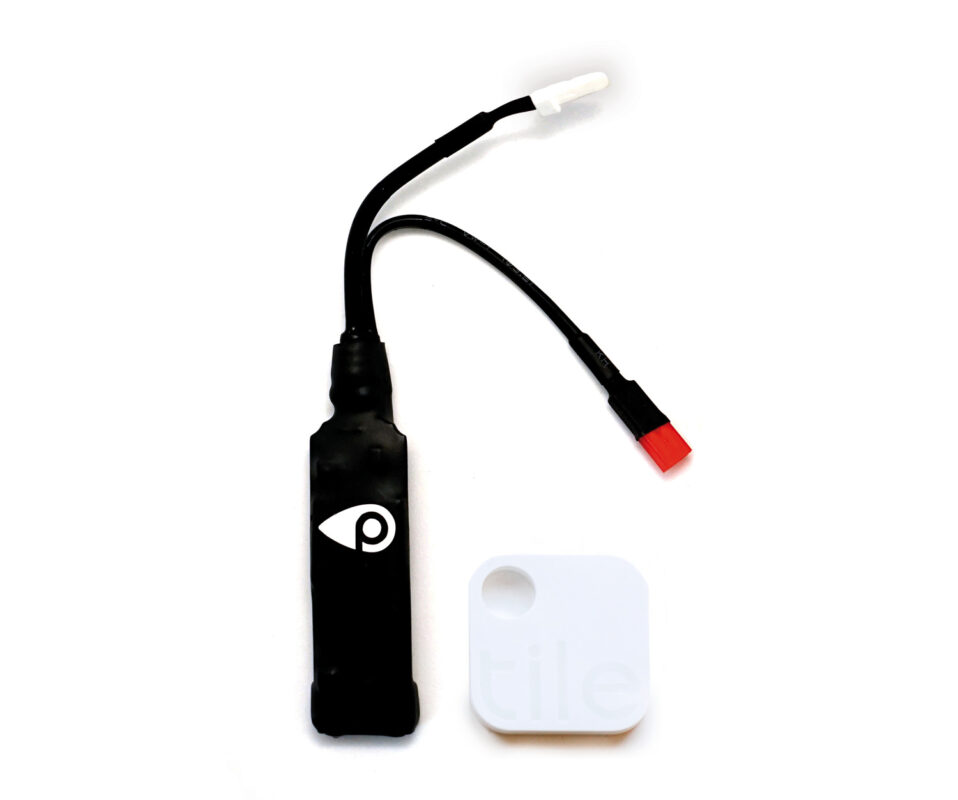
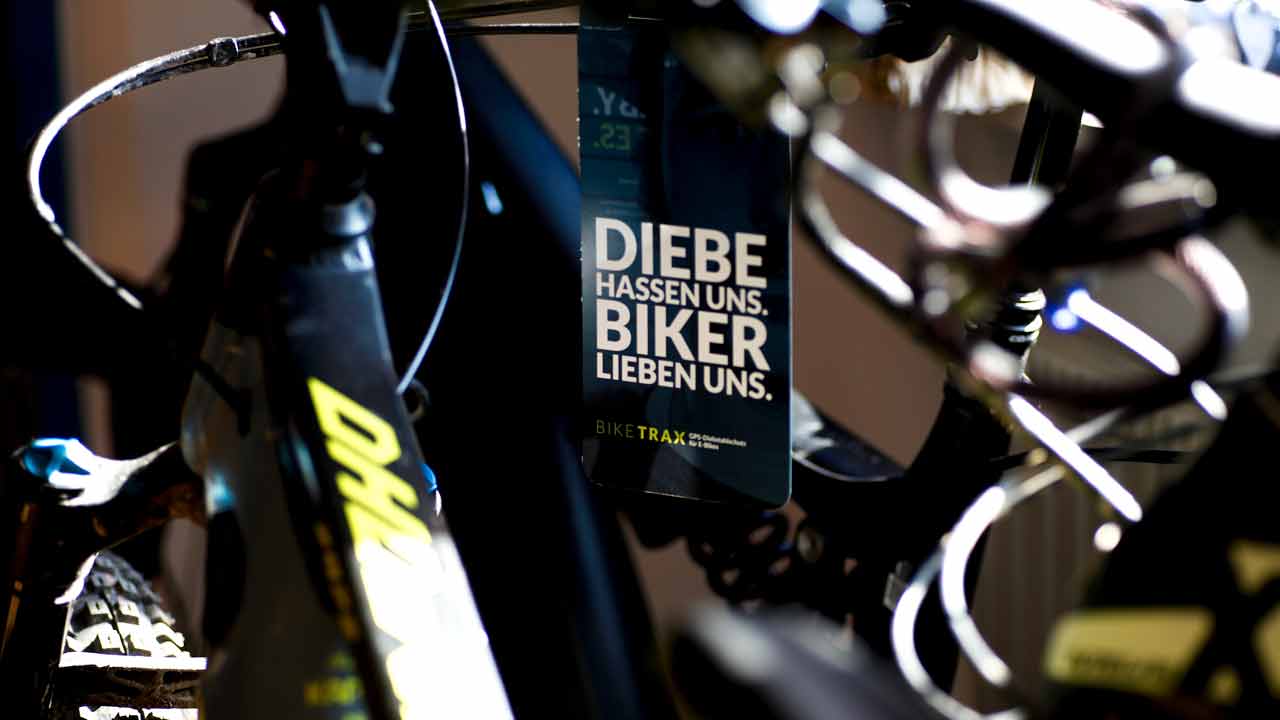

 Deutsch
Deutsch